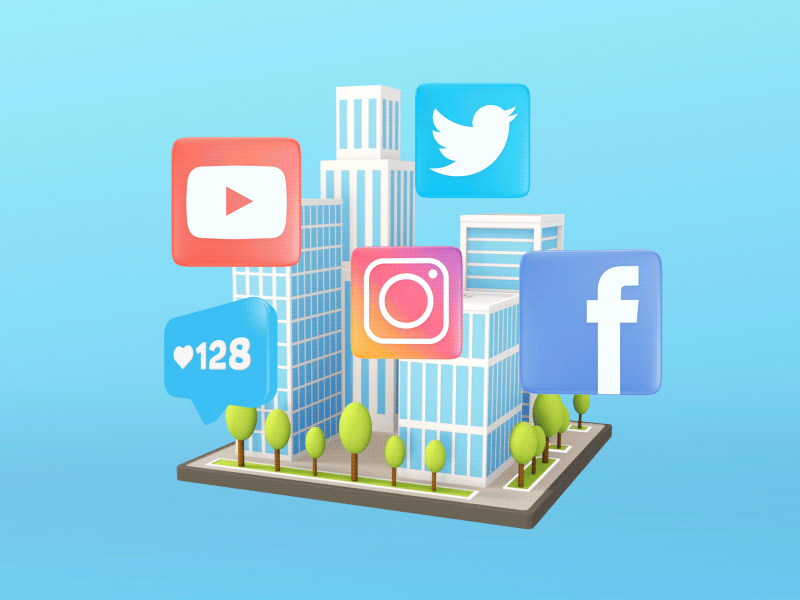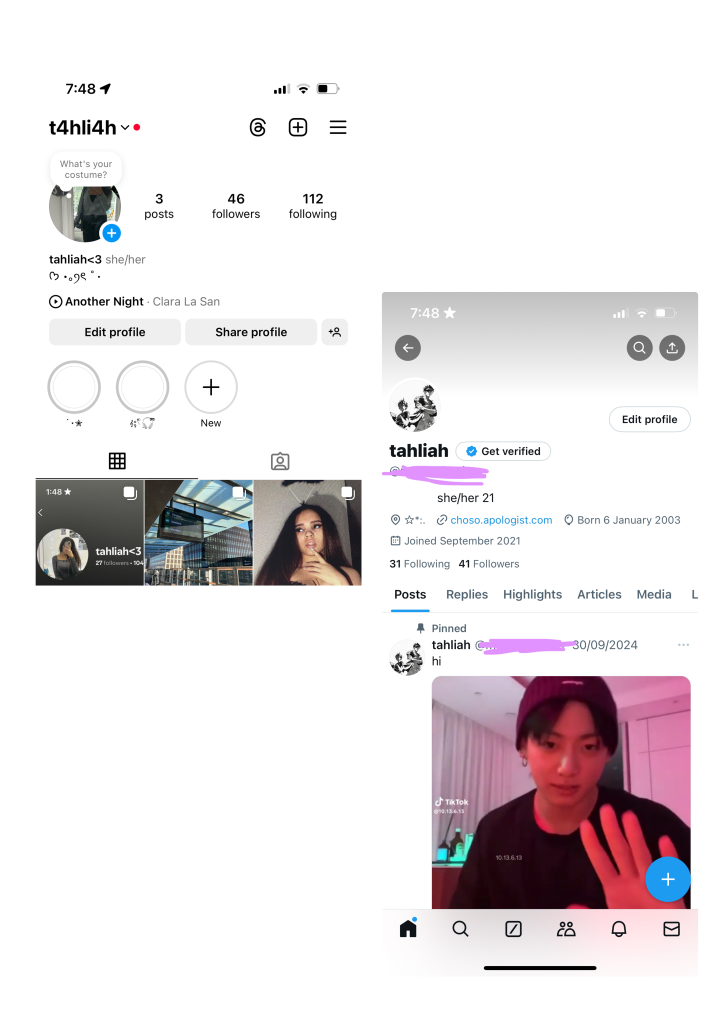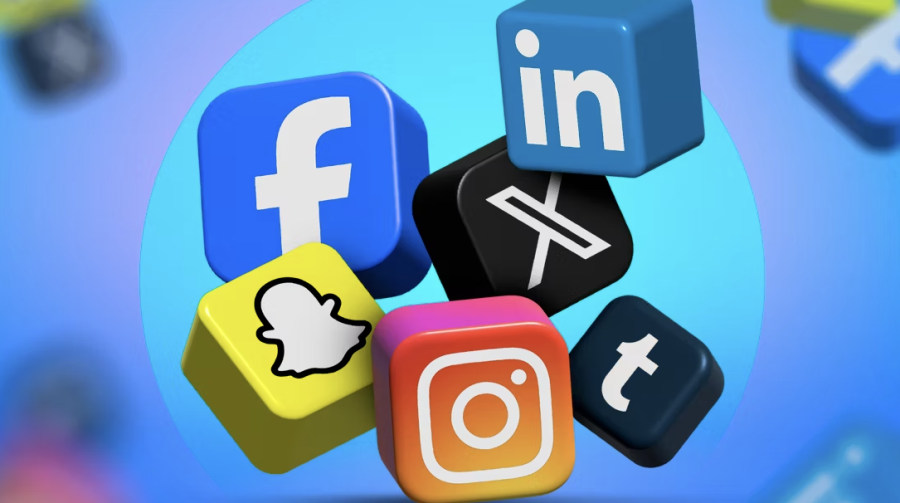
Take a look at your LinkedIn and Instagram profiles. They probably look quite different, right? This is because you’re showing different sides of yourself to different groups of people. LinkedIn is more formal, showcasing your professional side, while Instagram is casual, allowing you to share your personal life. This contrast is an important part of what we call digital identity.
Digital identity means how we present ourselves online. It can be seen in all our profiles across different social media platforms.

Goffman’s idea that “the self is not a fixed thing; it is a product of social interaction” reminds us that our identities change based on who we are with and where we are. This happens online as well as offline!
For example, on Twitter, people often share quick thoughts, opinions, or jokes, while on LinkedIn, they’re more likely to post career achievements or job opportunities. Each platform serves as a different “stage,” with audiences and expectations that shape how we present ourselves.

The way I personally present myself on social media is extremely different from how I act in person. This is the same for pretty much everyone I know. When going online, you put on a costume and ‘pretend’ to be someone else. This idea, known as impression management, was explored by sociologist Erving Goffman. He believed that we’re constantly managing the way we present ourselves based on the people we’re talking to and where we are. So, if you were talking to an MP in the Houses of Parliament, you would be acting extremely differently from how you would be acting with your friends on a Saturday Night Out!
On social media, we often only show the best parts of our lives to fit the expectations of different audiences. Looking at Instagram as an example, you might share fun days out with friends or aesthetic travel photos, creating an image of a life that’s constantly exciting and fun. This can sometimes create a divide between the “real” and the “online persona” as our profiles often capture only one part of who we are.
While it’s natural to adjust to different online audiences, it’s also important to be authentic and as real as you can. Sharing real moments or unpolished updates from time to time can help you feel more connected to yourself and remind others that nobody’s life is perfect. Whether it’s showing a normal boring day on your Instagram story or crying on TikTok. It’s comforting for your online audience to see that you’re a normal person too, just like them.


ateee
Great Post! I love how you explained the impression management theory with exact examples of different social medias and how they might affect the way act, then translated it to an in person example. I like that you decided to include your own platforms as an example. It would be interesting if you gave an example of someone who you think shows a lot of their true self on their social media (an influencer for example) and potentially reflect on how social media personalities being inauthentic can damage be damaging to them, or how it can negatively influence their followers who admire them.
It’s true that we always adapt what we share to the expectations and realities of each platform. Concerning Instagram, I find myself very much in this thing where I only post this “perfect” side, which sticks to this famous standard of “aesthetic” publications, and that’s even if I have a private and restricted account. It’s a pity that we put so much “pressure” on ourselves on our own networks, do you have any idea where this change is coming from and why?
I think you were right to talk about the importance of our authenticity. A lot of people are looking more and more for that natural, genuine side that’s mostly found on tiktok, with its unmistakable frankness and spontaneity! I think you’ve described our relationship with the different social networks really well.